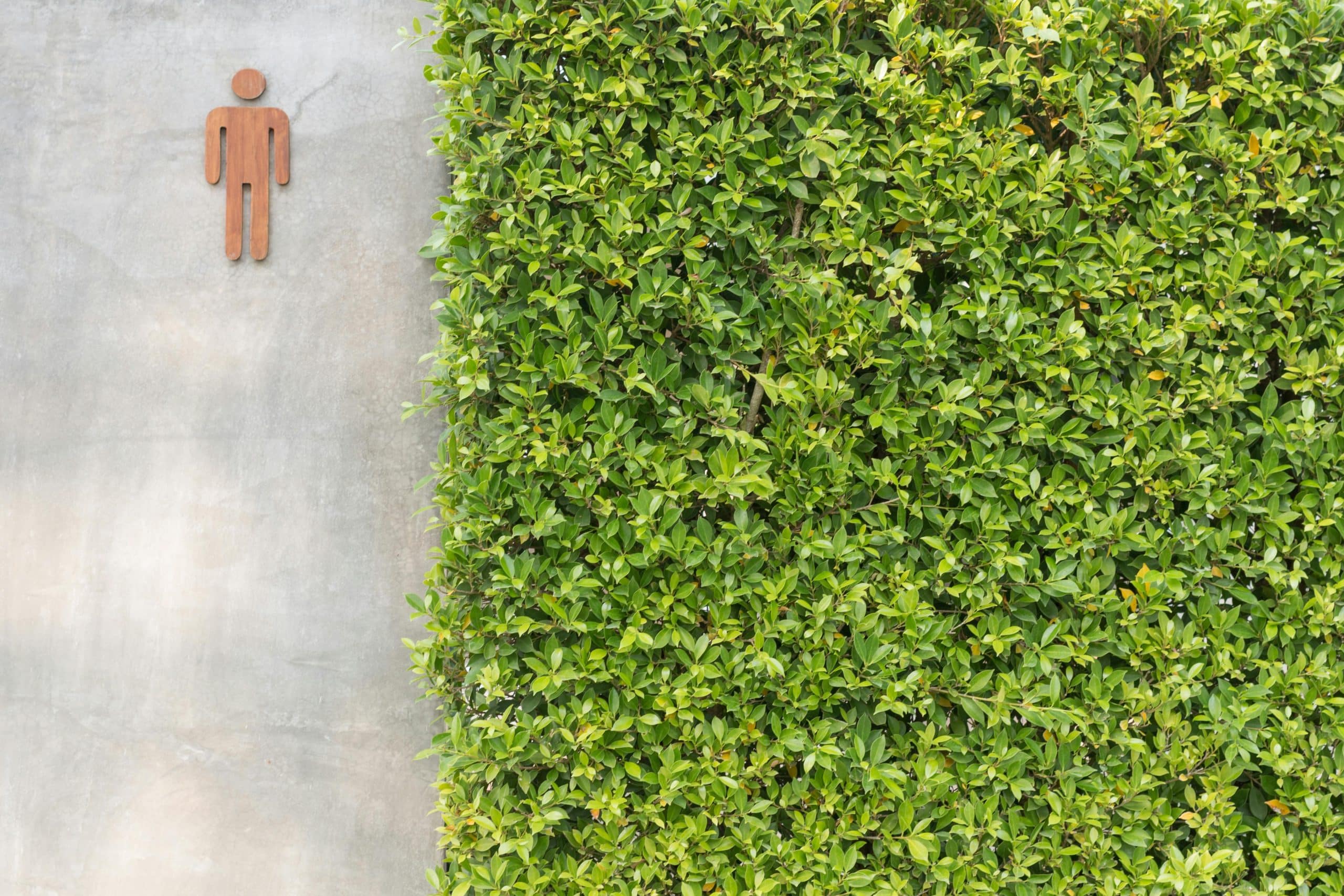What’s the Best Approach to Installing a Low-Maintenance Green Wall Indoors?

In today’s urban and fast-paced environments, bringing a piece of nature indoors has become more than just a trend. It has become a necessity for many seeking comfort and tranquility. One innovative way to achieve this balance is through the installation of an indoor green wall. These vertical gardens not only bring life to a dull space, but they also provide numerous health benefits, such as improved air quality and stress reduction. This article will guide you through the best approach to installing a low-maintenance indoor green wall. We will discuss the considerations you need to make, from choosing the right plants to deciding on the best irrigation system.
1. Selecting the Right Plants
When considering building an indoor green wall, the first thing that comes to mind is the type of plants to use. Not all plants are suitable for vertical gardens or indoor environments. You want to choose plants that will thrive in your indoor conditions and create a visually appealing display.
Lire également : How Can You Design a Home Office with a Visual Connection to the Outdoors?
The selection of plants will depend on factors such as light availability, humidity, and temperature in the room where the wall will be installed. Plants that can thrive in low light conditions are ideal for indoor green walls. Some good options include the Pothos (Epipremnum aureum), Snake Plant (Sansevieria trifasciata), and ZZ Plant (Zamioculcas zamiifolia). These plants are not only easy to maintain, but also known for their air-purifying qualities.
In terms of design, consider varying the textures, colors, and growth habits of the plants. Mixing different types of plants can create a more dynamic and attractive wall. Remember, the goal is to bring a piece of nature inside your space, and diversity is the key to achieving that.
En parallèle : What’s the Best Way to Incorporate Energy-Efficient Appliances in a Vintage Kitchen?
2. Designing the Layout
Once you have your selection of plants, the next step is to design the layout of your green wall. This phase is where you can show off your creativity and make a design that suits your aesthetic preferences.
Start by considering the space where the wall will be installed. Measure the wall to determine the size of your vertical garden. Don’t forget to consider the weight of the green wall, ensuring that the wall can support it. Also, take into account the proximity to a water source for easy watering and maintenance.
The layout design also involves arranging the plants in a way that will allow them to grow and thrive. Consider the plant’s growth habits and light requirements. Place plants that need more light at the top and those that can tolerate lower light levels at the bottom. This arrangement will ensure that all plants receive the necessary light for their growth.
3. Building the Green Wall System
The green wall system is what will hold your plants in place. It’s basically a vertical support system where the plants are attached. It can be made from various materials, including fabric, plastic, or metal. The most important thing to remember when building the system is that it must allow water and nutrients to reach the plants.
The system can be either soil-based or hydroponic. A soil-based system uses a growing medium, like potting soil, while a hydroponic system relies on water and a non-soil growing medium. The choice between the two will depend on your personal preferences, the type of plants you’re using, and the level of maintenance you’re willing to put in.
4. Installing the Irrigation System
An essential aspect of maintaining a green wall is ensuring that the plants receive adequate water. This is where the irrigation system comes in. There are various watering systems that you can use, from simple manual systems to automated ones.
For a low-maintenance green wall, an automated drip irrigation system is ideal. This system delivers water directly to the root zone of each plant, ensuring that the plants get the right amount of water. Furthermore, it minimizes water waste and prevents overwatering, which can damage the plants.
Installing a drip irrigation system may be a bit technical, but with the right tools and some guidance, you can do it yourself. If you’re not comfortable doing it, you can always hire a professional to install the system for you.
5. Taking Care of the Green Wall
Once the wall is installed, the work doesn’t end there. There’s the maintenance part, which is crucial to keep your green wall alive and thriving. Despite being labeled as ‘low-maintenance’, green walls still require some level of care.
Regular watering is a must. Depending on the irrigation system you have installed, this could mean checking the system regularly to ensure it works properly. If you’re manually watering the plants, make sure to do it in moderation to avoid overwatering.
Pruning and trimming the plants is also necessary to keep them in good shape. Some plants will grow faster than others, and regular trimming ensures that all plants get their share of light. Additionally, you should regularly check for pests and diseases, which can quickly spread in a green wall system. If you detect any, treat them promptly to prevent them from affecting the entire wall.
Maintaining an indoor green wall may require diligence, but the benefits it brings make the effort entirely worthwhile. After all, nothing can match the joy of having a living piece of nature inside your home or workspace, providing a refreshing view and a healthy environment.
6. Moss Walls: A low maintenance alternative
Moss walls are an excellent alternative for individuals seeking a low maintenance, yet equally stunning substitute for traditional green walls. Similar to green walls, moss walls bring a vibrant natural element into an indoor space. However, moss walls are essentially maintenance-free and do not require an irrigation system, making them an ideal choice for many.
In contrast to living plant walls that require light, irrigation, and a certain degree of care, moss walls do not need any of these. This is because the moss used in these walls is preserved. The preservation process involves replacing the natural sap in the moss with glycerine, making the moss long-lasting and maintenance-free.
Despite being preserved, the moss maintains a natural and vibrant look, transforming your space into a lush, green environment. Moreover, moss walls are known for their sound-damping properties, making them a popular choice in offices and other commercial spaces where noise reduction is a factor.
While moss walls do not allow for the same botanical diversity that green walls do, they offer a unique aesthetic appeal. They can be designed in a variety of patterns and styles, and you can even incorporate other elements, such as wood or stone, to create a uniquely textured wall.
Creating a moss wall is a relatively simple process. It involves attaching the preserved moss to a flat surface, such as a wall or a board. The moss can be attached using a non-toxic adhesive, and once it’s up, there’s virtually no maintenance required.
7. Conclusion: Embrace the Living Green Indoors
Incorporating nature into our homes or workspaces has far-reaching benefits beyond just aesthetic appeal. Living walls and moss walls purify the air, reduce noise levels, and create a calming environment that can reduce stress levels. Whether you choose a vibrant vertical garden filled with a diverse range of indoor plants or a fuss-free moss wall, you’re not just installing a wall feature. You’re inviting the serenity and beauty of the natural world into your indoor living space.
Remember, creating a living green wall or a moss wall is a project that requires planning and thoughtfulness. From selecting the right plants or moss, designing the layout, building the wall system, installing the irrigation system (if required), to the ongoing maintenance, each step contributes to the success and longevity of your wall.
Despite the effort and care they require, living walls and moss walls are worth the investment. They are more than just a design feature. They are an innovative way to improve indoor air quality, reduce stress, and create a more appealing and tranquil environment. So, when planning your next indoor upgrade, consider the green wall or moss wall – a low maintenance, high impact way to bring the outdoors in.
